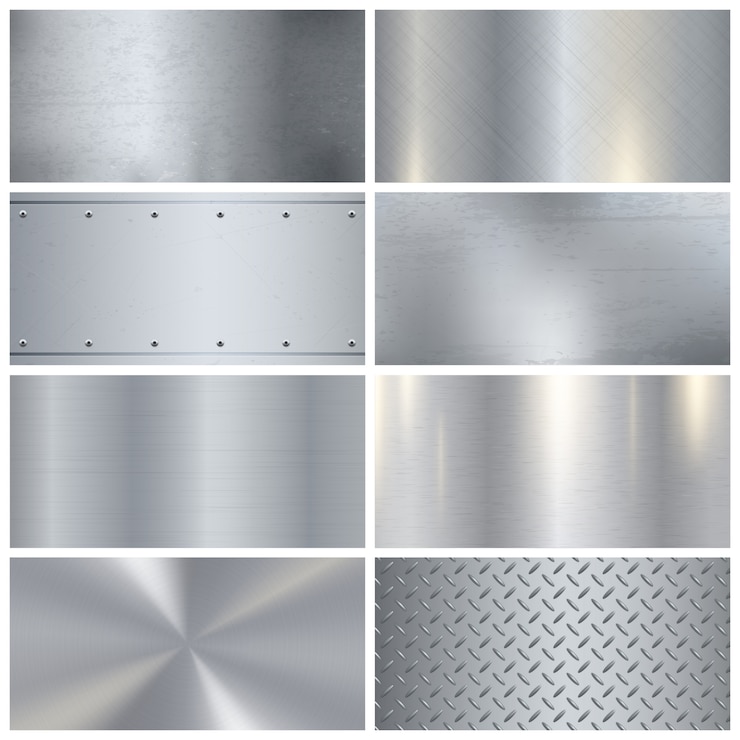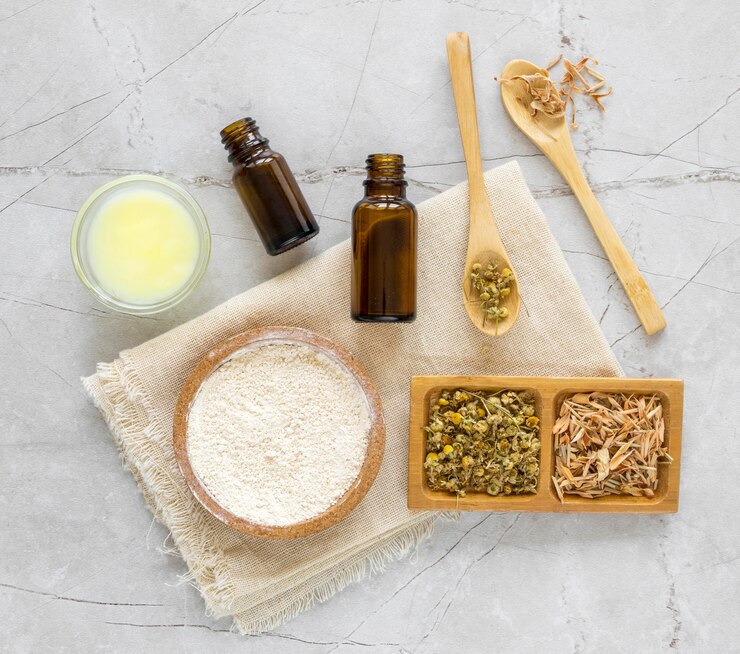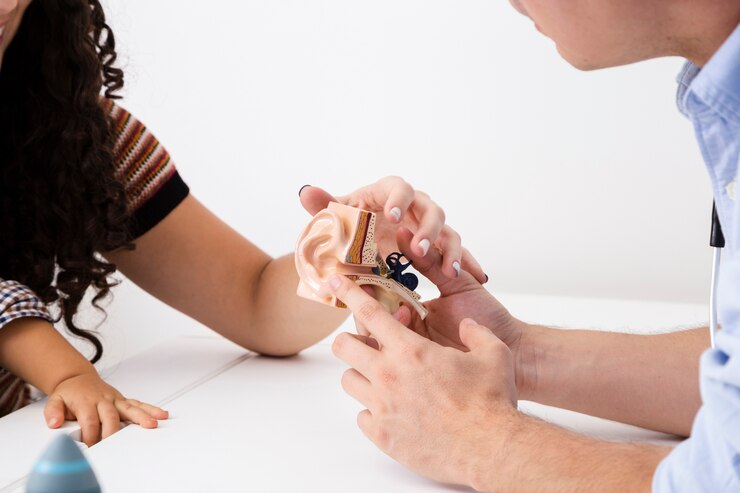
When it comes to enhancing your natural beauty, what isn’t in a product is just as crucial as what is included, since both can impact your health. Earlier, I discussed key information about synthetic fragrances, petroleum-based ingredients, propylene glycol, phthalates, formaldehyde-releasing preservatives, BHT, and BHA. Now, let’s focus on aluminum, a metal often found in antiperspirants and used as an anti-caking agent, emulsifier, or bulking agent in cosmetic products.
In this guide, I’ll cover what aluminum is, how it’s used in cosmetics, potential health risks, what to look for on product labels, and suggest eco-friendly alternatives for a cleaner beauty routine.
**What is Aluminum?**
Aluminum is a shiny, silver-white metal, and it’s the most common metal on earth, following oxygen and silicon as the third most abundant element. It naturally bonds with other elements, which is why it wasn’t discovered in its pure form until recently. Due to its abundance and ease of processing, aluminum is used in many products, from basic foil to cars, phones, and computers. It’s also prevalent in the cosmetics and beauty industry, which we will examine more closely.
**How is Aluminum Used in Beauty Products?**
In cosmetics, aluminum is frequently used in the form of alum. The most common types are potassium alum, soda alum, and ammonium alum. Aluminum is included in beauty products mainly for its astringent and antibacterial properties. Astringents make tissues shrink or contract, which is why they’re often used in products aimed at reducing the appearance of pores or in shaving products like styptic pencils. Other aluminum compounds, such as those labeled “aluminum lake,” are used in colorants.
Most notably, aluminum is a common active ingredient in antiperspirants, working to close pores and reduce bacteria that cause body odor. However, despite its benefits, it may pose some undesirable effects on the skin and body.
**Potential Risks of Aluminum in Beauty Products**
1. **Blocks Sweat Glands**: Aluminum salts in antiperspirants block sweat glands to prevent perspiration, but sweating is a vital detoxification process. Some studies suggest that sweating helps eliminate heavy metals and chemicals like BPA. It’s better to opt for alternatives that don’t block pores, allowing your body to function naturally. You can enhance detoxification with liver-supporting wellness teas.
2. **May Cause Skin Irritation**: My experience with rosacea and sensitive skin led me to create clean, organic skincare. Aluminum-containing products can cause rashes, dryness, itchiness, and even allergic reactions. It’s essential to choose aluminum-free moisturizers and deodorants for sensitive skin.
3. **Possible Link to Alzheimer’s Disease**: Research is still inconclusive about the link between aluminum exposure and Alzheimer’s. However, a review of 34 studies did indicate a potential association. With this in mind, reducing daily exposure to aluminum could be wise.
4. **Toxic if Ingested**: While we don’t eat our beauty products, ingesting items containing alum can cause mild poisoning symptoms. Keep these products away from kids, who are prone to putting everything in their mouths. Also, if someone with kidney disease ingests such a product, they should contact poison control immediately.
5. **Potential Link to Breast Cancer**: Some studies have noted a possible connection between aluminum use in antiperspirants and higher aluminum levels in breast tissue, particularly in women with breast cancer. More research is necessary, but choosing aluminum-free options is a cautious approach.
**Reading Labels for Aluminum-Free Products**
To keep your skincare aluminum-free, check ingredient lists for aluminum and its compounds. Fortunately, it’s not too difficult to identify aluminum in natural care products.
**Exploring Non-Toxic Beauty Alternatives**
Thankfully, many brands offer aluminum-free products. Some clean beauty favorites include da lish Cosmetics and Pure Anada. For aluminum-free antiperspirants, consider Green Beaver, Schmidts, or Routine.
I hope this information empowers you to make informed decisions about your beauty routine. Understanding what these ingredients are and how to identify them is crucial. For more insights, explore my articles on avoiding common harmful skincare ingredients.
—
Navigating my own journey, I realized that aluminum triggered my skin issues, leading me to switch products in 2016. I ditched aluminum-based deodorants and avoided heavily fragranced items, which had caused redness and breakouts. Once I switched to clean, fragrance-free products, my skin improved significantly. With label-reading skills, I identified the irritants responsible for my skin flare-ups. It’s crucial to be vigilant about product ingredients since many marketed for sensitive skin can still be irritating. Often, “fragrance-free” labels can be misleading, so keep checking those labels!


